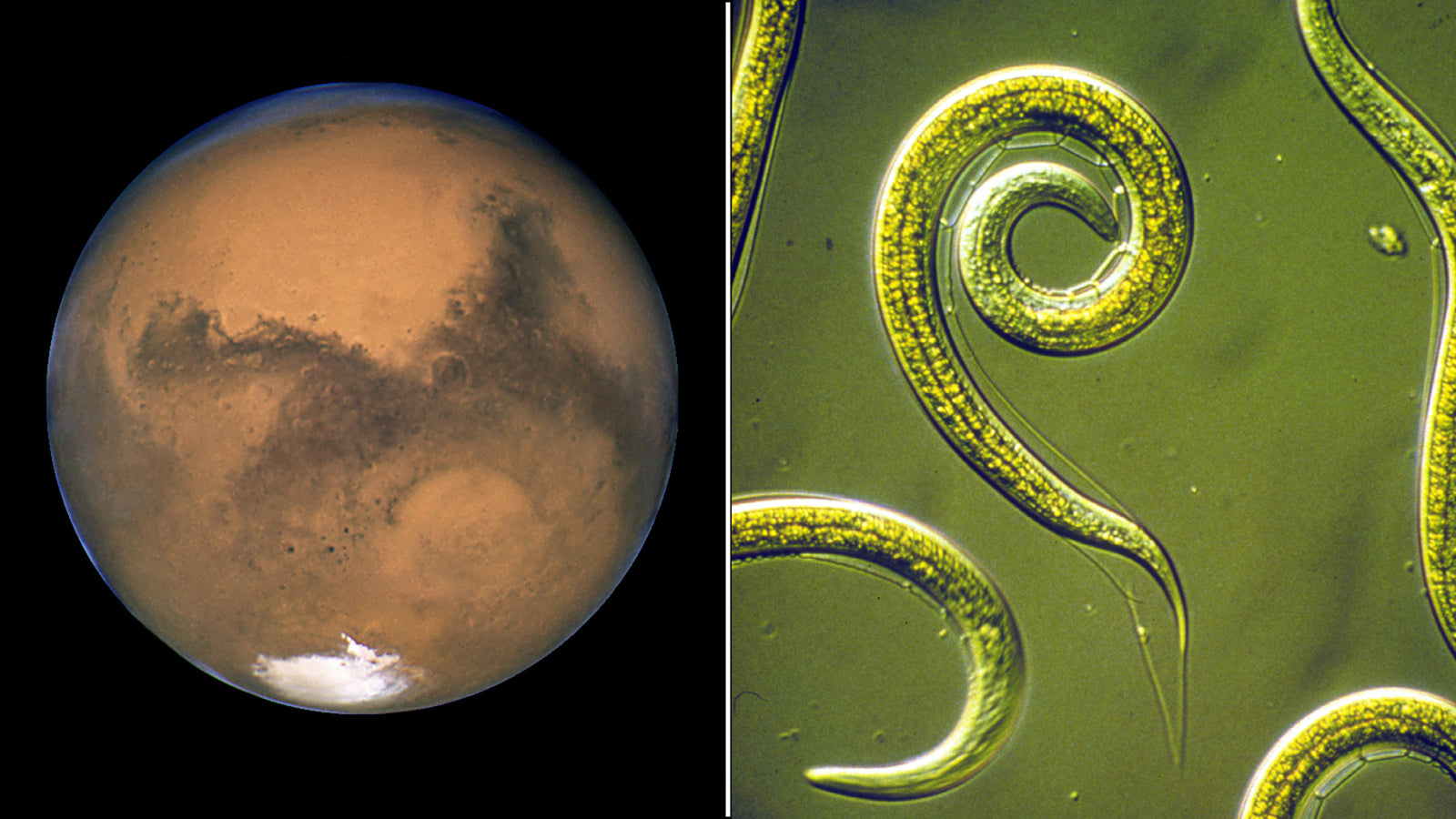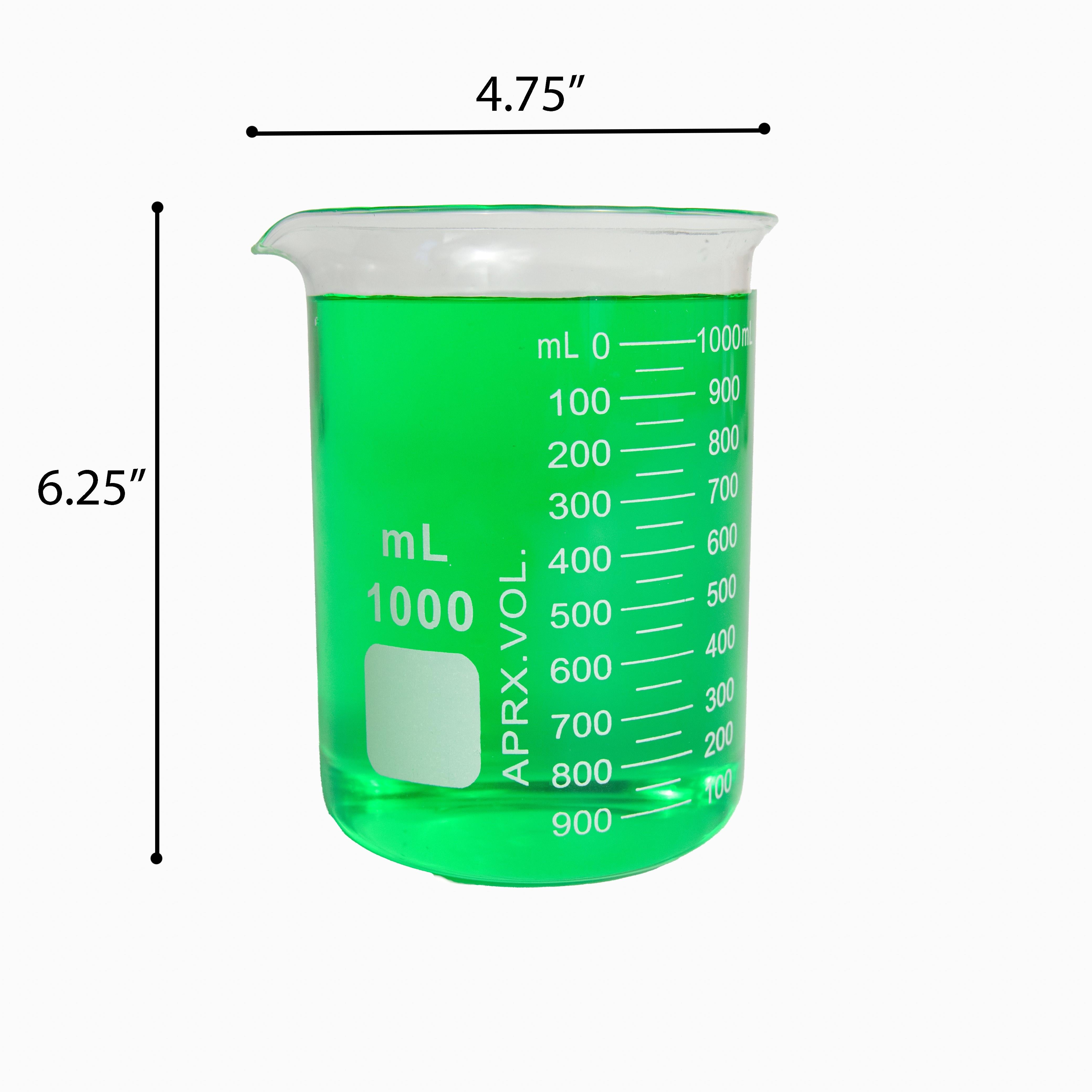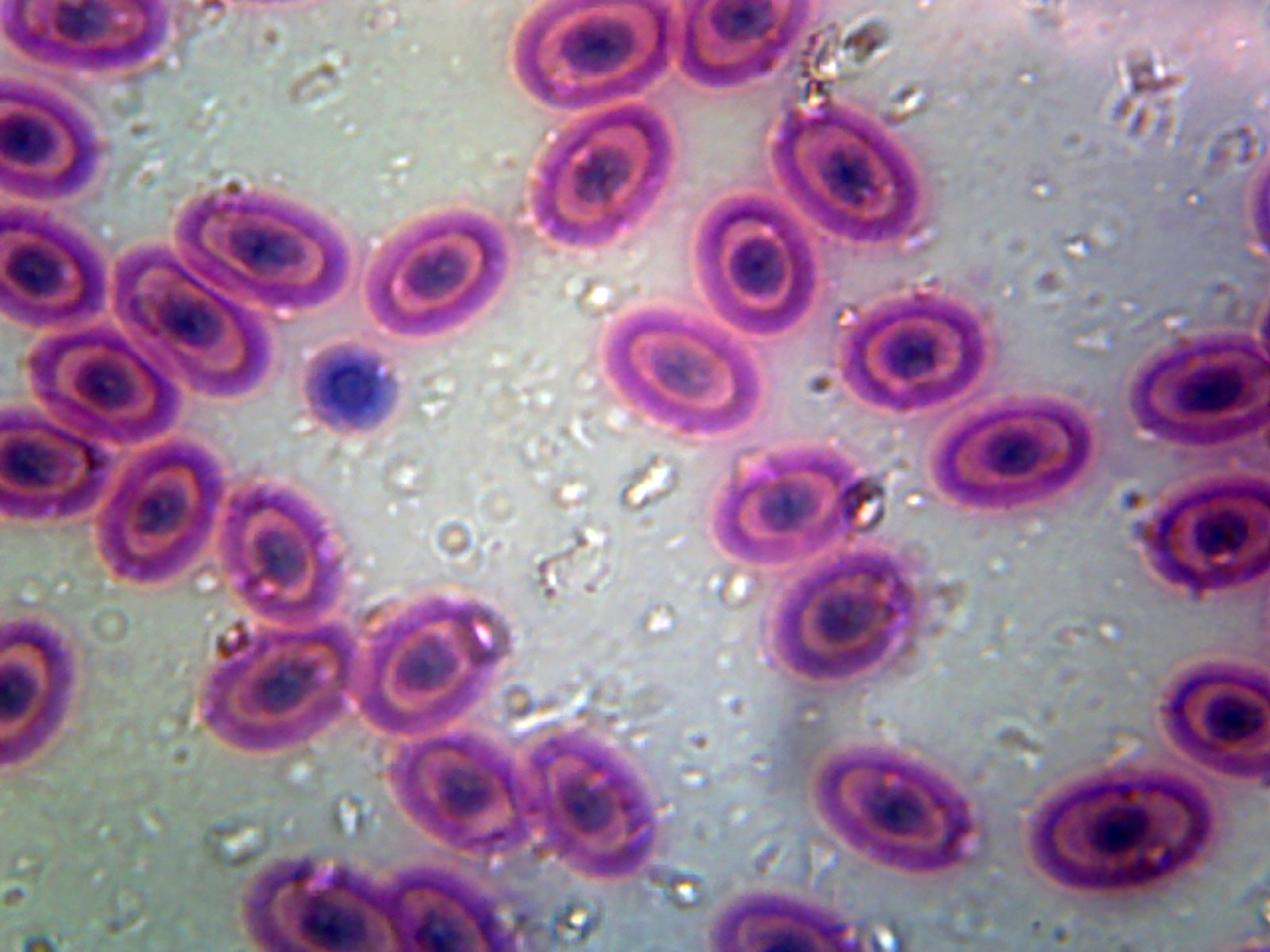Though I don’t always cover science news on this blog, it is something I love to do because it keeps my imagination for the future of science alive. Some weeks when I’m hoping to cover recent science news, I struggle to find anything I want to write about. Then, other weeks I find so much that I want to write about that I can’t settle on one news story. This week, I ran into the latter situation.
Two stories in the news this week made me giddy with excitement, and I couldn’t just decide to talk about only one of them. This always seems to be the case when the coolest news comes out! Can you blame me, though? I mean, in this past week, one team of scientists has found compelling evidence of a lake on Mars, and another was able to revive worms that were born when woolly mammoths still walked the earth! Thankfully, however, there is a logical through line between these two stories this week that can connect the two without making it seem like I freak out and let the futurist in me take over TOO badly every time I read the news.
To start us off, let me tell you about Mars. We have seen evidence of water on Mars for almost two decades now. From confirming ice caps, to discovering ancient clay (which develops under watery conditions), to finding seasonal “flows” of water within hydrated minerals, the evidence continues to mount that water Mars not only once had much more water than it does now, but also that there might still be liquid water present in some amount today. Those discoveries all set the stage for what was announced this week.
Researchers working out of Italy used data from the MARSIS (Mars Advanced Radar for Subsurface and Ionosphere Sounding) instrument on the European Space Agency’s Mar’s Express orbiter to survey the Planum Australe polar plain near Mars’s southern glacial polar ice cap. With the data from their ice-penetrating radar, they were able to spot anomalous reflections which they concluded were only possibly explained by a subglacial lake, much like those seen on Earth with the likes of Lake Vostok or Lake Whillans in Antarctica. This lake, if confirmed by future missions, exists 1.5km (0.93miles) beneath the polar ice cap, is 20km (12.43miles) wide, and is at least 10cm (3.94in) deep (the minimum depth required to be seen by the radar). It is likely incredibly salty in order to maintain its liquid state at the depth and temperature beneath the ice cap.

|
|
Photo Credit: R. Orosei et al /Science 2018
|
This discovery is incredibly exciting. On one hand, it provides hope that more lakes like it might exist and can provide resources for future settlements. On the other hand, this lights a fire under the hopes for finding life on the red planet. On Earth, Lake Whillans proved to be a thriving microbial ecosystem when its depths were sampled in 2013, despite its salinity, separation from the atmosphere, and lack of sunlight for energy from photosynthesis. Scientists argue where this life came from. Were these lifeforms “arrivers” who worked their way through the icecap over the last 50,000 years, or were they “survivors” who lived in the area when it was covered by open oceans rather than being frozen under ice. Regardless of how that debate gets settled, these microbes are proof of life’s sturdiness and its ability to thrive in a subglacial lake.
The other news of the week that caught my eye was the accomplishment of scientists out of Russia and Princeton University. They were able to revive two ancient nematode samples retrieved from permafrost in Siberia. After periods ranging from 32,000 to 41,700 years ago, these nematodes are moving and eating again, making them the oldest living animals on Earth. These worms crawled the Earth’s surface back when woolly mammoths existed!
This article on The Siberian Times provides a pretty great description of the study, along with pictures. By reviving these worms, these scientists proved that ultra-long-term cryobiosis, or the suspension of life during unfavorable environmental conditions, is possible under certain evolutionary and biological conditions.

|
| Photo Credit: The Siberian Times |
So, what is the through line between these discoveries? The hope for extraterrestrial life, of course!
Earth is the only place that scientists know for certain where life can exist. They are, however, incredibly hopeful of proving its existence elsewhere. We can’t be certain that our understanding of life encompasses every possible way it can exist throughout the cosmos. We can, however, use Earth’s success at incubating life as a baseline for what to look for. We know that life requires a solvent for the biological chemical reactions to occur, and water is the ideal molecule for that purpose. Likewise, we know that carbon has a knack for chaining itself up into many types of molecules and is hugely abundant in the universe. What this means is that scientists, when faced with the daunting task of searching every inch of the universe for life, look for places with conditions similar to Earth with liquid water and a temperate environment rather than looking for things like strange, silicon-based creatures that thrive on dry and inhospitable wasteland planets.
That brings me back to my through line. If we need to narrow our search for life down to searching just what we know, our search criteria have been marginally expanded. We now know that cryobiosis on the scale of tens-of-thousands of years and that life in ecosystems shut off from the sun and the atmosphere is possible. On top of that, if the “survivors” hypothesis from the Lake Whillans researchers I mentioned earlier is correct, then there could be life left over in this newly discovered lake from when Mars was a much wetter place in the universe.
I don’t say this to imply “we are at most two years away from finding frozen worms in a lake on Mars!” I’m only trying to say that I’m excited that we’ve been able to narrow our search for life on Mars down and to expand our knowledge of what life can do. We have to keep a level head and realize how difficult it was to reach even Lake Whillans here on Earth before we expect to reach this Martian lake any time soon. We still have to double-check these results with future probes and orbiters before we’re even certain of the lake’s existence. There is undoubtedly a long way to go with this line of research, but I can’t help but feel very excited for the future.
Let me know your thoughts on these amazing discoveries in the comments below!
Written By: Jacob Monash











